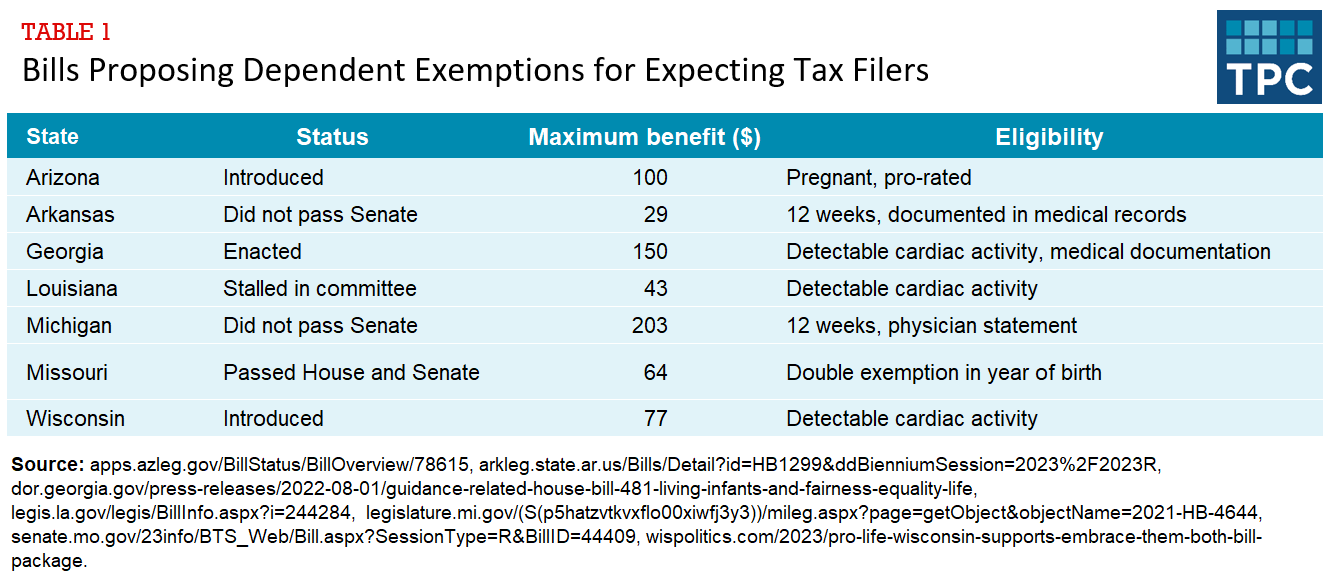Extraterritoriality of the Lanham Act: Fearsome Watchdog or Muzzled Chihuahua? | Dorsey & Whitney LLP
How far does the Lanham Act’s reach extend? The Supreme Court gave us one answer in Abitron Austria GmbH et al. v. Hetronic International, Inc. and made it simple: not very far.
Hetronic is a U.S. company that manufactures remote controls for construction equipment. Abitron (comprised of six non-U.S. companies) at one point sold Hetronic’s products as a licensed distributor. However, Abitron eventually concluded it held rights to Hetronic’s intellectual property, including various trademarks. Abitron then reverse engineered Hetronic’s products and began selling goods bearing those marks in Europe and the U.S.
Hetronic ultimately sued Abitron in the Western District of Oklahoma for trademark violations under Sections 1114(1)(a) and 1125(a)(1) of the Lanham Act, both of which prohibit using a trademark “in commerce” that is likely to cause confusion. The District Court awarded Hetronic approximately $96 million in damages and entered a permanent injunction barring Abitron from using Hetronic’s marks anywhere in the world.
We last discussed Hetronic after a Tenth Circuit decision that narrowed the injunction slightly to geographic locations where Hetronic had marketed and sold its products. But the Tenth Circuit overall agreed that some of Abitron’s conduct in Europe could be enjoined by U.S. courts under the Lanham Act because Abitron’s actions had a substantial effect on U.S. commerce. Abitron then appealed to the Supreme Court, arguing the injunction was an impermissible extension of the Lanham Act to extraterritorial conduct—i.e., conduct outside the U.S.
Today, the Supreme Court vacated and remanded the Tenth Circuit’s decision, determining that the two provisions of the Lanham Act at issue cannot be applied extraterritorially. The Court held that the Lanham Act only regulates use in commerce—i.e., the sale of goods or the provision of services—within the United States. The Court’s analysis centers on a presumption against extraterritoriality, a “longstanding principle of American law” that assumes Congress generally only regulates domestic affairs, and not foreign conduct. Four justices joined Justice Alito’s majority opinion, three joined Justice Sotomayor’s concurrence, and Justice Jackson entered a separate concurrence with her insights on the definition of “use in commerce” as used in Section 1127 of the Lanham Act.
The Court applied a two-step framework to determine whether and to what extent the Lanham Act can regulate foreign conduct.
All Justices agreed that the first question is whether the statute or provision explicitly states that it should apply to foreign conduct. In other words, has Congress “affirmatively and unmistakably instructed that” the provision at issue “‘should apply to foreign conduct’”? The Lanham Act does not explicitly state that it regulates foreign conduct, which cuts against applying the Lanham Act to regulate conduct abroad.
Because the Lanham Act is not explicitly extraterritorial, the Court then moved to step two, which was far more contentious. The majority concluded the relevant inquiry for this step is to identify the “focus” of the statute and decide whether “conduct relevant to that focus” occurred in the U.S. Both are required.
The parties offered different interpretations of what they believed the “focus” of the Lanham Act provisions were in this case for purposes of the second step of the framework. Hetronic argued that the focus of the statute was to protect the goodwill of trademark owners and to prevent consumer confusion. Abitron argued that the focus of the statute was to prevent infringement of trademarks. The U.S. government, as amicus curiae, took the middle ground and posited that the focus of the statute was consumer confusion.
Instead of clarifying the Lanham Act’s focus, the Court concluded that, because the conduct at issue entirely occurred outside the U.S., there was no need to actually discern the focus of the statute. In other words, the fact that there was no conduct or domestic use in commerce renders the focus of the Lanham Act irrelevant. This second step, the majority clarified, is designed for “claims that involve both domestic and foreign activity,” which is not the case here.
Justice Jackson agreed that “use in commerce” is “the dividing line between foreign and domestic applications” of the Lanham Act, but added that any downstream sale of a good in the U.S. market constitutes use in commerce. In other words, the active resale of a good by an individual consumer, who bought a product abroad, would constitute use in commerce and open the original seller of the good to liability under the Lanham Act.
Contrary to the framework outlined by the majority, however, Justice Sotomayor found common ground with the U.S. government’s opinion that the focus of the two provisions of the Lanham Act at issue is consumer confusion. This interpretation focuses on the impact of foreign conduct on the U.S. market instead of exclusively on “the location of the original sale of the infringing product or the location of the trademark owner’s business.” In other words, Justice Sotomayor would conclude that the Lanham Act provisions at issue extend to “activities abroad when there is a likelihood of consumer confusion in the United States.” (Emphasis added.)
The at-odds opinions may be attributable to the manner in which the justices choose to interpret the case Steele v. Bulova Watch Co. (which involved a defendant’s allegedly infringing activities occurring in both Mexico and the United States), with the majority determining it is inapplicable and wholly distinguishable from the facts of Hetronic because it “implicate[s] both domestic conduct and a likelihood of domestic confusion,” and the Sotomayor concurrence finding Steele to persuasively conclude that “infringing acts consummated abroad fall under the purview of the Lanham Act when they generate consumer confusion in the United States.” In the majority’s view, the concurrence’s position would render the presumption against extraterritoriality, referred to in other cases as a “watchdog,” “nothing more than a muzzled Chihuahua.”
Ultimately, the Court vacated and remanded the case. The majority does not outline the bounds of “use in commerce.” Whether the Lanham Act applies to goods sold indirectly into U.S. commerce remains to be seen. The TMCA will continue to monitor this case on remand and the impacts of the decision in the broader trademark landscape.






